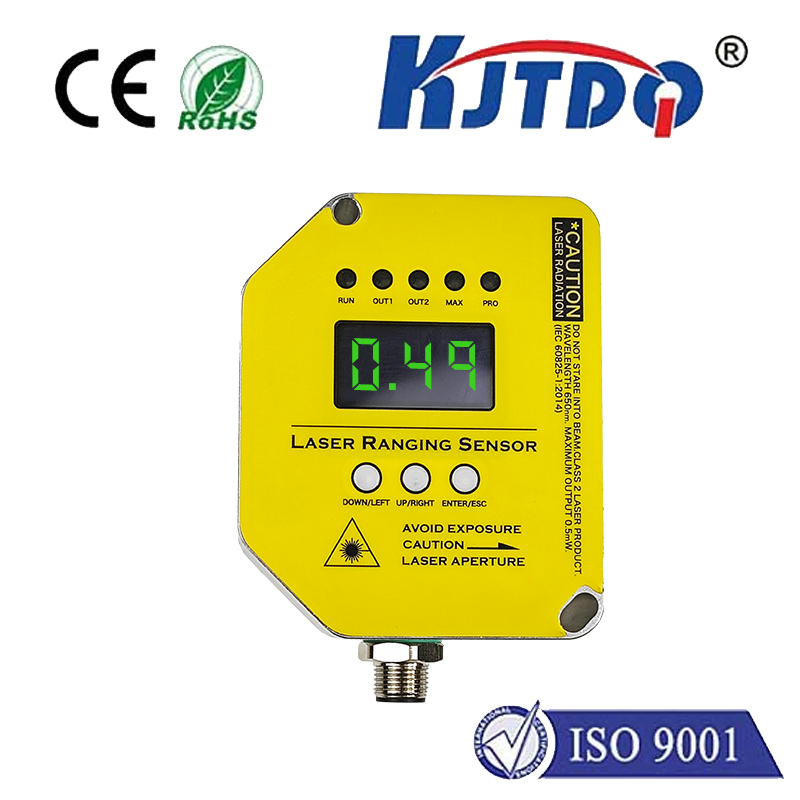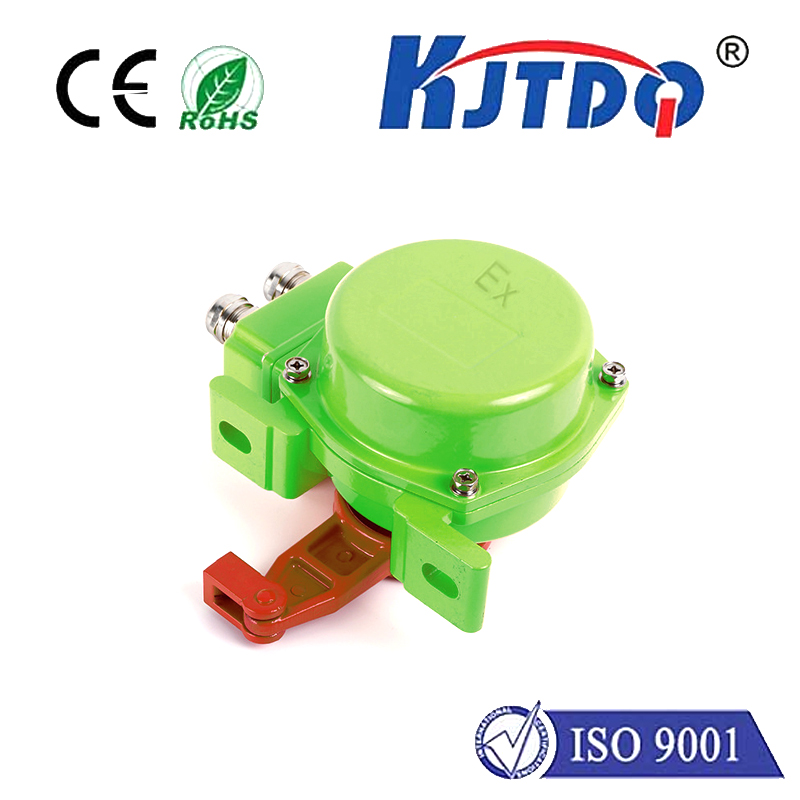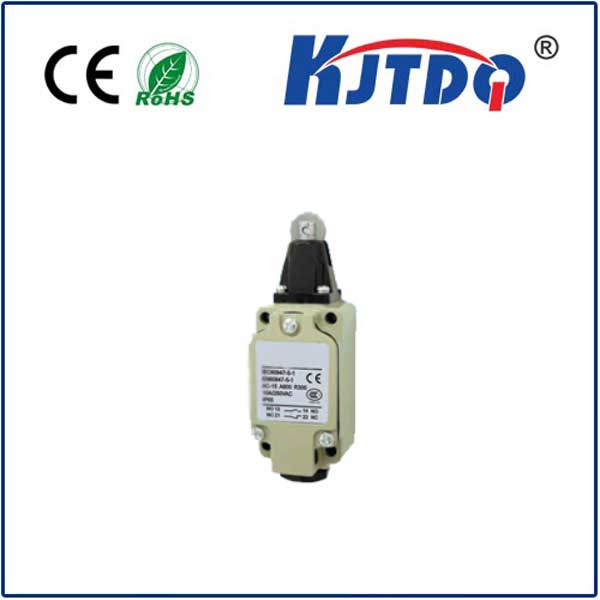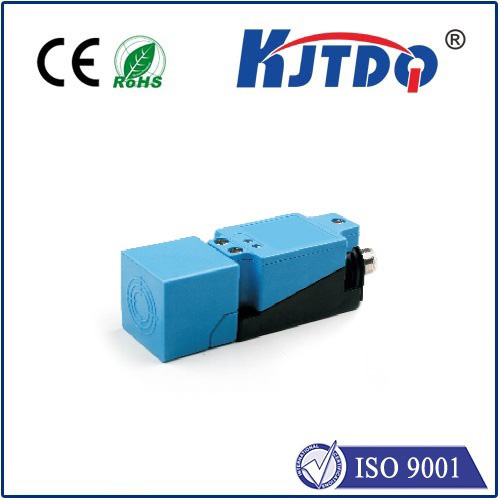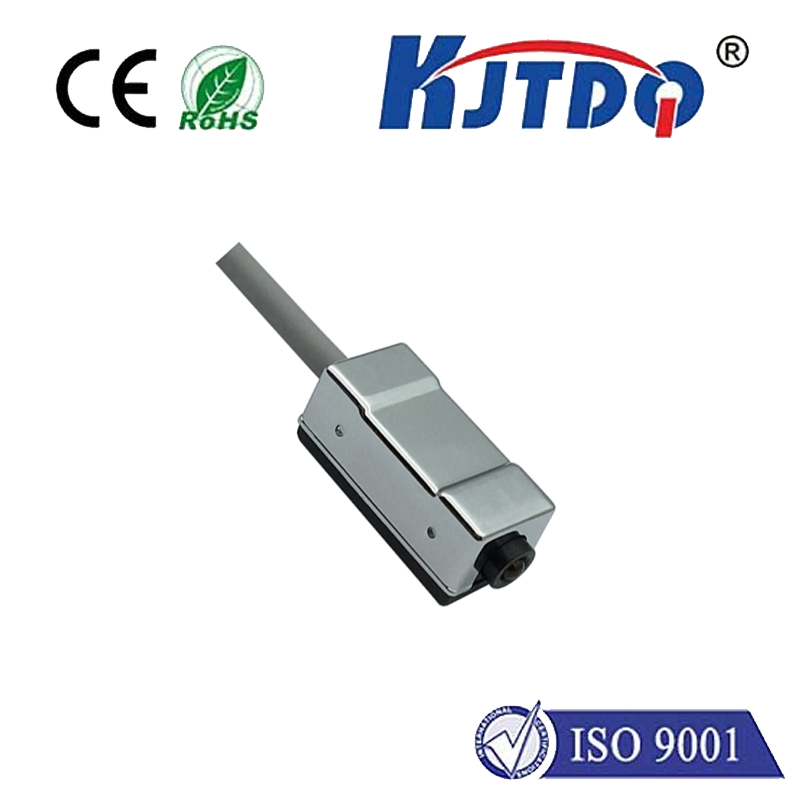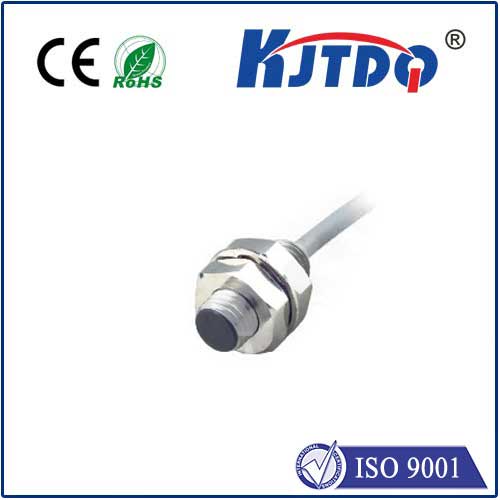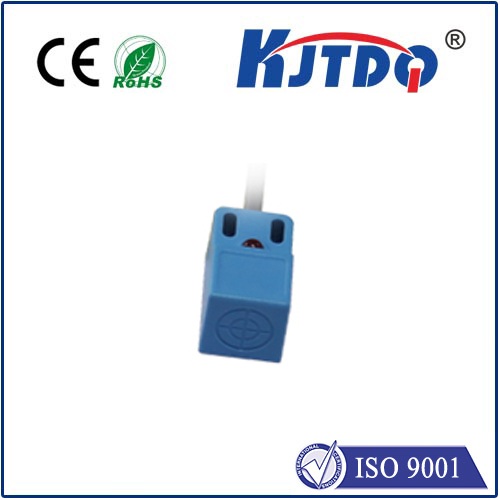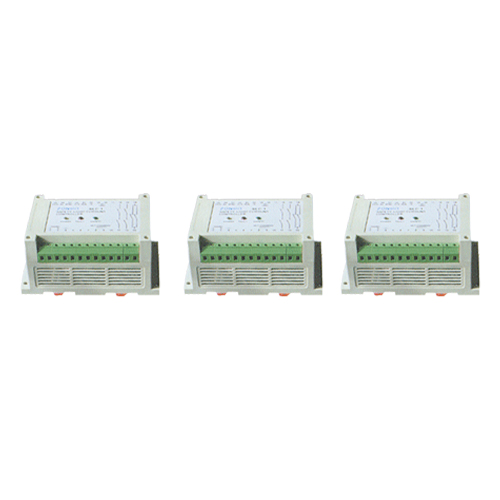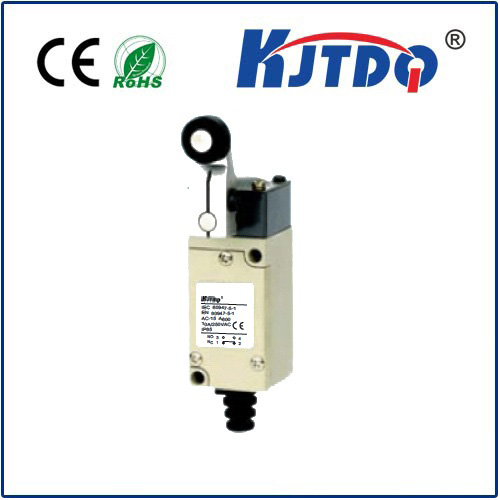

check

check

check

check
GPS Speed Sensor for Tractor: Enhancing Precision and Efficiency in Modern Farming
In today’s agricultural industry, precision and efficiency are the key drivers of success. One of the most critical components in modern tractors is the GPS speed sensor, which plays a vital role in monitoring and controlling the tractor’s movement. This article explores the importance of the GPS speed sensor for tractors, its functionality, and how it contributes to improved farm operations.
The GPS speed sensor is an essential part of a tractor’s electronic system, designed to measure the vehicle’s speed accurately. Unlike traditional speedometers, which rely on mechanical components, the GPS speed sensor uses satellite technology to provide real-time data on the tractor’s velocity. This ensures that farmers can monitor their tractor’s speed with high precision, which is crucial for safe operation and optimal performance.

One of the primary benefits of the GPS speed sensor is its ability to enhance tractor control. By continuously tracking the tractor’s speed, farmers can ensure that they maintain a consistent pace while navigating fields, especially during long-distance farming operations. This not only improves fuel efficiency but also reduces the risk of accidents or mechanical wear caused by excessive speed.
Moreover, the GPS speed sensor is an integral part of modern farming automation systems. Many tractors are equipped with GPS technology that allows for precise navigation and route optimization. The speed sensor works in conjunction with this system to provide accurate data on the tractor’s movement, enabling farmers to plan their routes more effectively and reduce travel time. This is particularly beneficial in large-scale farming operations where time and efficiency are of the highest importance.
In addition to improving operational efficiency, the GPS speed sensor also contributes to data-driven decision-making. Farmers can use the speed data to analyze their tractor’s performance and make informed adjustments to their farming practices. For example, if the sensor indicates that the tractor is moving too slowly in certain areas, farmers can take corrective actions such as adjusting the speed or optimizing the farm layout.
Another significant advantage of the GPS speed sensor is its compatibility with various agricultural technologies. Many modern tractors are integrated with GPS systems that allow for real-time monitoring of multiple parameters, including speed, position, and soil condition. The speed sensor is one of the key components that enables these advanced features, making it an indispensable part of modern farming equipment.
Despite its benefits, the GPS speed sensor is not without its challenges. One of the main concerns is the accuracy of the sensor in different weather conditions, such as rain or fog, which can affect the satellite signal. Manufacturers are continuously working to improve the reliability and accuracy of these sensors to ensure they function effectively under all conditions.
In conclusion, the GPS speed sensor for tractors is a vital component that enhances the performance and safety of modern farming operations. By providing real-time speed data, it enables farmers to maintain control over their tractors, optimize their routes, and make informed decisions. As agricultural technology continues to evolve, the GPS speed sensor will play an even more significant role in shaping the future of farming.
